Chinese iPhone with WAPI Wi-Fi approved
According to IDG News, last month Chinese regulators approved a new iPhone with 3G and WAPI, or WLAN Authentication and Privacy Infrastructure. WAPI is a natively created Chinese security protocol for wireless Internet access.
"China has promoted the protocol, along with other homegrown technologies like the 3G standard TD-SCDMA, as part of a vision to produce more of its own technology and have it adopted by international companies," the report said. It also noted that the new iPhone, which is just the existing model with wireless Internet, could also support standard Wi-Fi.
The new handset has not yet been released for sale.
The iPhone was first released in China last year on the China Unicom network. The hardware did not have Wi-Fi. The feature was left out because the Chinese government had temporarily banned it in favor of a rival native offering. That ban was relaxed in May 2009, after manufacturing of the iPhone began.
For months, China Unicom is said to have been in talks with Apple to sell the Wi-Fi-enabled phone. Considering many users do not want to rely on expensive data plans for their handset, the addition is considered to be an extremely important move for Apple in the Chinese market.
Apple awarded ownership of iPhone 3G, iPhone 3GS designs
Apple this week was granted a patent for the design of the iPhone 3G and iPhone 3GS. Patent No. D615083 was granted by the U.S. Patent and Trademark Office.
While the included images feature all of the buttons and inputs that are standard on the iPhone, the illustrations lack the device's standard home button, also found on the iPod touch and iPad.
In March, Apple secured ownership of another design win for the stainless steel bezel found on the company's handset. The patent noted the design was created through the cold worked stainless steel manufacturing process, which makes it hard and resistant to impacts.
 Sam Oliver
Sam Oliver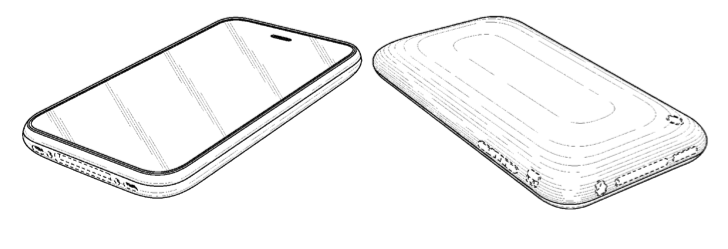

-m.jpg)






 Oliver Haslam
Oliver Haslam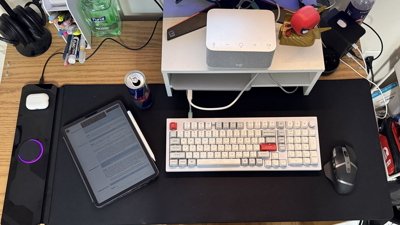
 Thomas Sibilly
Thomas Sibilly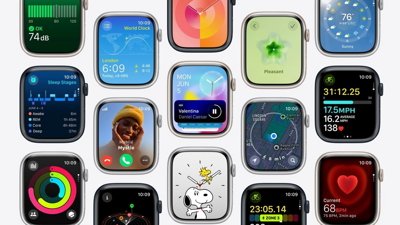
 Marko Zivkovic
Marko Zivkovic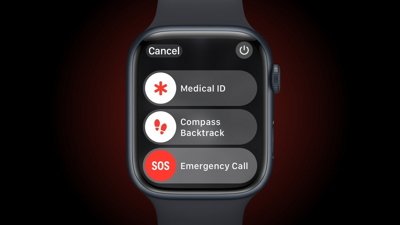
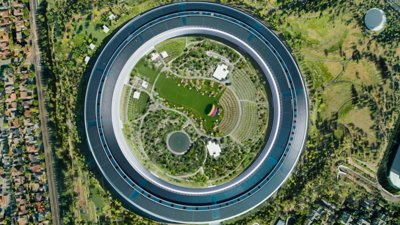
 Wesley Hilliard
Wesley Hilliard
 Malcolm Owen
Malcolm Owen
 Andrew Orr
Andrew Orr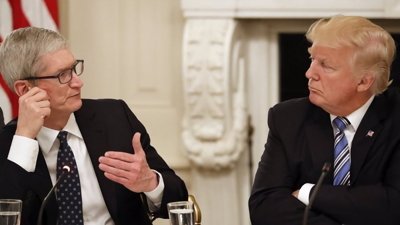

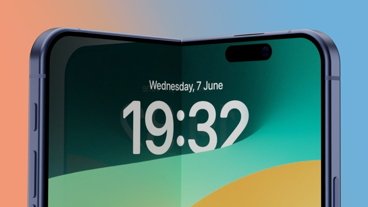
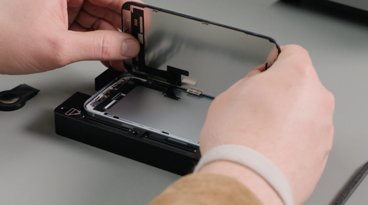
-m.jpg)






11 Comments
Will this send AAPL higher I wonder ...
Their own backdoor installed of course.
The Chinese love VOIP, why the grey market there sold so many original wifi iPhones.
I don´t think the WAPI iPhone version is going to make much difference in legal iPhone sales there, the same issues exists.
1: Grey market iPhones are cheaper
2: Jail broken likely
3: Tons of free and preloaded apps, and likely secure ones to keep Uncle Chin from listening in
4: Local support, right next to the dead ducks
5: No paranoid government sponsored WAPILife is cheap in China, the population takes itś precautions from the government
Wil this send AAPL higher I wonder ...
I think it will. Lack of WiFi on the initial model in China was a significant factor in less then stellar sales IMO.JWS
I was still never able to find out what Apple did to the China Unicom iPhone to disable WiFi. It seems like it was a physical change, not just a driver and OS removal of the WiFi elements, but removing the WiFI chip doesn't make much sense as that also means you have to replace the Bluetooth chip. Anyone know of any breakdown photos of that device?
Will this send AAPL higher I wonder ...
Speaking of the stock price, I'd love to see a TD-SCDMA iPhone on China Mobile. They have over 540,000,000 subscribers and a strong desire to use the iPhone.
I think it will. Lack of WiFi on the initial model in China was a significant factor in less then stellar sales IMO.
I was surprised at how high the official sales were despite the lack of WiFi, knowledge that it would be arriving soon, the high price of the handset, and the availability of the grey market gray market iPhones.
I don't understand design patents. How is that in this case you are able to patent a look? What kind of protection does such a patent give (in reality and also theoretical I guess)? Any examples where a design patent has been successfully used to protect a product (i.e., to keep someone from encroaching)?
Does this give rights to this design for a phone to Apple for ALL OS's? Seems like it is a little late - everyone and their brother has copied this look.
How much do I have to change this "design" to say it is not infringing (i.e., does the addition of the home button - not shown change it enough that anyone could copy it with a button)?